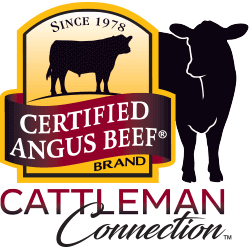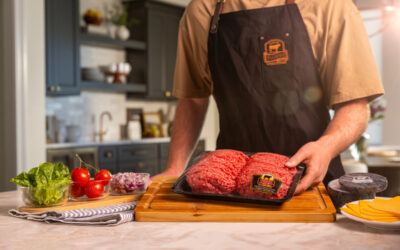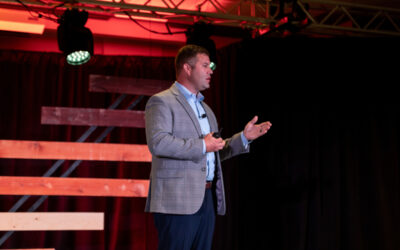
Signals through the clouds

Permission to use a calculator on homework and tests was like a coming of age in the mathematics arena.
In our school, that happened when you entered seventh grade. You moved to a different building in the neighboring small town. You could try out for cheerleading and go to those awkward teen dances. And you got to use a calculator. Oh, the thrills of junior high.
But I remember vividly the constant reminders from our math teacher: “Your calculator is only as good as the numbers you put into it.”
And today, that’s kind of how I feel about this one.
Myth: USDA-reported CAB premiums tell the whole story of packer demand for high-quality cattle.
Fact: The figures in the weekly USDA Premiums and Discounts report can be misleading.
You see, we call ourselves “The Brand that Pays®,” and so every two years, we survey packers to find out exactly how much does it pay if your cattle make CAB. They share information, with the understanding that we’ll share it as a collective group (No, “Cargill paid X-amount for CABs compared to Tyson’s Y-amount” for example.)
Looking over this year’s survey information it seemed odd that packers told us they paid 40% more in CAB premiums last year when the USDA reports only rose only 7 cents for that same timeframe.
So Steve dug into the details, and found they make things a little bit cloudy. Thus he wrote the article: Details cloud signals, just to shine another kind of light on facts. It’s in March Angus Journal, but you can read the summary story here.
That’ll give you the whole scoop, but here are a few quotes from Brittany Koop, USDA Live Cattle Mandatory Price Reporting Supervisor, that help make my case:
- “Some plants have multiple grids but they are only required to report the premium they will pay the most frequently. So, no matter the high and low, if they expect $3 to be the CAB premium they will pay most often, that one figure is what they report to us.”
- “We go with a CAB weighted average by plant capacity, so the company with the most capacity has the most weight for its reported grid price.” But that doesn’t mean the plant with the most cattle has the most CAB-qualifiers….hmmm….
- “The rule specifically states it is what they expect to pay.” Not what they actually pay….double hmmm…
Just mentioning “mandatory price reporting” can ruffle feathers. It’s political and I don’t like to go there. But I’m not here to make a case for or against it.
I just want you to know that the sometimes the calculator is not the Holy Grail. I’m sure my math teacher would be proud I remember that.
May your bottom line be filled with black ink,
Miranda
You may also like
Success, Despite Challenges
Today’s market is complex and competitive. The collective effort of stakeholders across the supply chain positions Certified Angus Beef to meet the record demand for premium beef moving forward. Signals across the beef industry are clear and Angus farmers and ranchers seeking high-quality genetics that deliver premium beef are producing a product in high demand.
Keep the Supply Coming
A record-high 800 registrants from 17 countries gathered in Austin, Texas, to learn more about CAB, become inspired by the culinary work of chefs and pitmasters, and celebrate sales and production success. But at the forefront: supply and demand, a reflection of the chaotic past year, and preparing for what’s ahead.
Consumer Demand, Power of Quality
Demand for high-quality beef persists. But with that demand comes challenges. From tight cattle supplies to higher costs and increasing pressure on retailers to deliver a consistent eating experience, the pressure is on. David O’Diam, CAB VP of retail, addressed the current retail beef environment, highlighting both opportunities and challenges in today’s marketplace.



